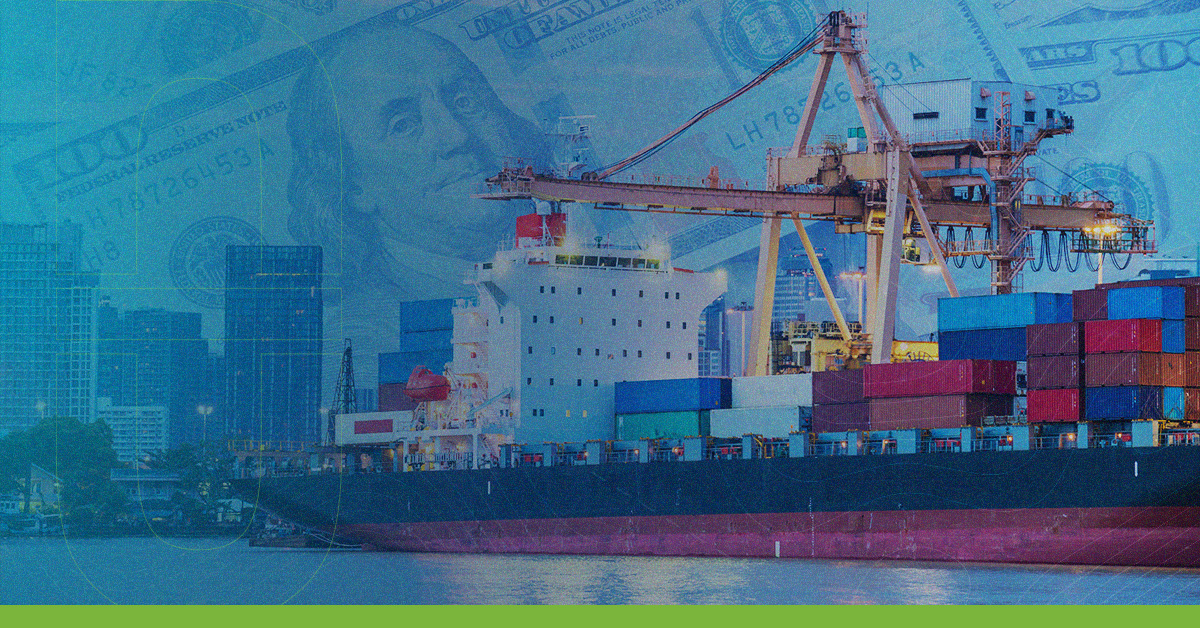The tariff rate is key in the logistics sector, since it is a tax that the authorities of the countries apply with the aim of protecting the local economy, regulating international trade, and promoting national production. This tariff is a way to control both the entry and exit of goods from the country.
It is important that companies that are dedicated to the transport of goods know the laws and regulations of each country to be able to accurately calculate the transport costs and taxes associated with each shipment. They must also work closely with customs and tax authorities to comply with legal requirements and avoid problems in transporting goods.
Types of tariff rate
The tariff rate can be presented in different types, and it is relevant to note that these may vary from country to country and that their application depends on the economic and commercial policies of each government. Here are the most common:
Ad valorem tariffs: This rate is known to be the most common within the logistics sector and basically consists of the payment of an extra percentage for the value of each merchandise that enters the territory of a country.
Specific tariffs: These tariffs are linked to the quantity of products and the weight of each of the units.
Mixed tariffs: In mixed tariffs, an ad valorem tariff is usually added, as is the case with countries such as Pakistan and its petroleum products.
Compound tariffs: In this type of tariffs, the combination of ad valorem tariffs, specific tariffs or mixed tariffs is applied with the purpose of establishing a minimum or maximum payment for the total of the merchandise to be introduced.
Customs tariffs: Last but not least, we have the customs tariff, it is another of the most frequent tariffs in customs and that can equally be applied by combining ad valorem, specific, mixed, or combined rates.
How is the tariff rate calculated?
The tariff rate is calculated based on several factors, such as the type of good being imported or exported, the country of origin or destination, and the type of tariff rate being applied.
In the case of the ad valorem tariff, a percentage of the value of the imported or exported goods applies. For example, if a product worth $1000 is imported and the tariff is 10%, $100 in customs duties must be paid.
In the case of the specific tariff, a fixed amount is established per unit of measure. For example, if one product per kilogram is imported and the tariff is $5 per kilogram, $5 of tax must be paid for each kilogram imported.
In the case of the mixed tariff, elements of the ad valorem tariff and the specific tariff are combined to calculate the tariff tax.
It is very important to have experienced advisors who know how to provide accurate information and who also know how to turn all these aspects into simple explanations in order to make the smartest decisions when coordinating logistics strategies. Understanding the tariff rate will make you more competitive and with greater opportunities for growth globally through successful transactions that are free of setbacks, for this, in addition to carrying out hiring experts in the field, we also recommend you visit the rest of our content.
Source:
La guía definitiva sobre los aranceles de importación. Containers
¿Cómo calcular el impuesto aduanero o Tarifa Arancelaria? .Olca




